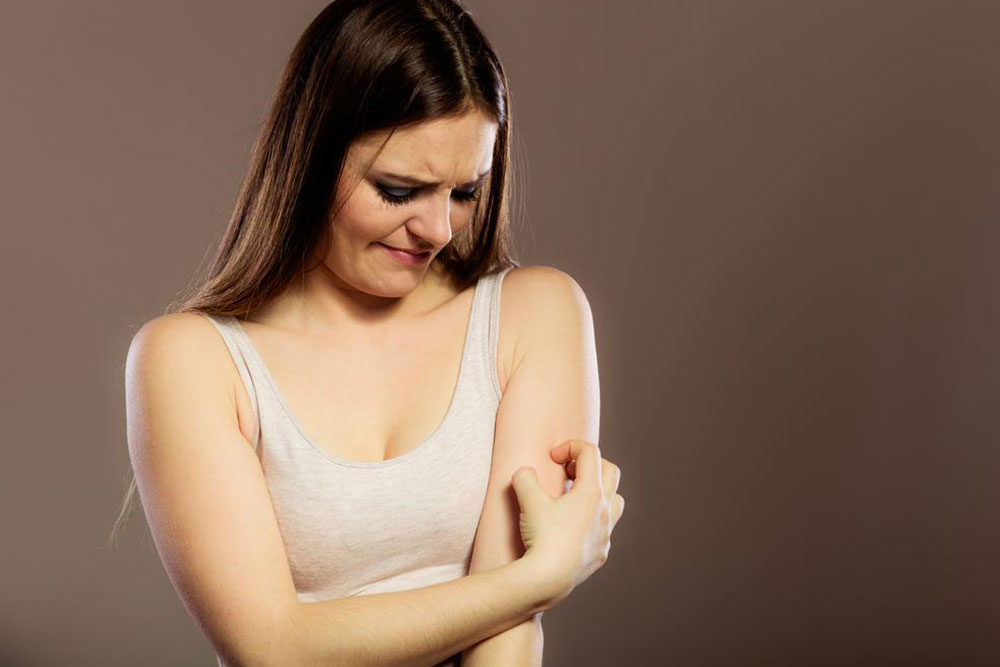How allergies may affect your body
The role of the body’s immune system is to fight bacteria and other disease-causing germs from causing an infection. However, when some foreign substance comes in contact with the body, the allergic part of the immune system reacts in an exaggerated manner. People who are predisposed to allergies are called allergic or atopic. For a non-allergic person, the immune system will have no reaction, but for an allergic individual, the immune system will send a response when it identifies the foreign bodies. Allergens are the substances that produce allergies. Medications, food, pollen, dust, animal proteins and molds are some of the common allergens.

Types of A llergies
The following are the various types of allergies:
- Dust allergy: Pollution and dust particles fill the air we breathe and can cause an allergic reaction in some individuals.
- Pet allergy: Allergy from pets like cats and dogs are common in people who own a pet. Their skin, fur and saliva have allergens, which cause an individual to suffer from allergies.
- Food allergy: Eggs, milk, peanuts, shellfish and soy are some of the allergy-producing food, which can cause mild to severe allergies to a person.
Allergy s ymptoms
The immune system releases a chemical known as histamine to counteract with dangerous substances. The secretion of this chemical causes a variety of symptoms like skin rash, runny nose, sneezing, nausea, fever and even diarrhea. Anaphylaxis is the most severe reaction to allergy, which can be fatal.
Diagnosis and t reatment
There are two types of tests to determine the type of allergy:
- Puncture/prick: A diluted allergen is applied to the surface of the skin by pricking with a needle.
- Intradermal: A diluted allergen is injected below the surface of the skin with a thin needle.
If the prick test is negative, then intradermal are used. A red itchy bump with a flare around it indicates that the body has an allergen. If the wheal and the flare are large, the case is sensitive. The doctor would review the history of the patient, analyse the skin test report and prescribe medication accordingly.

